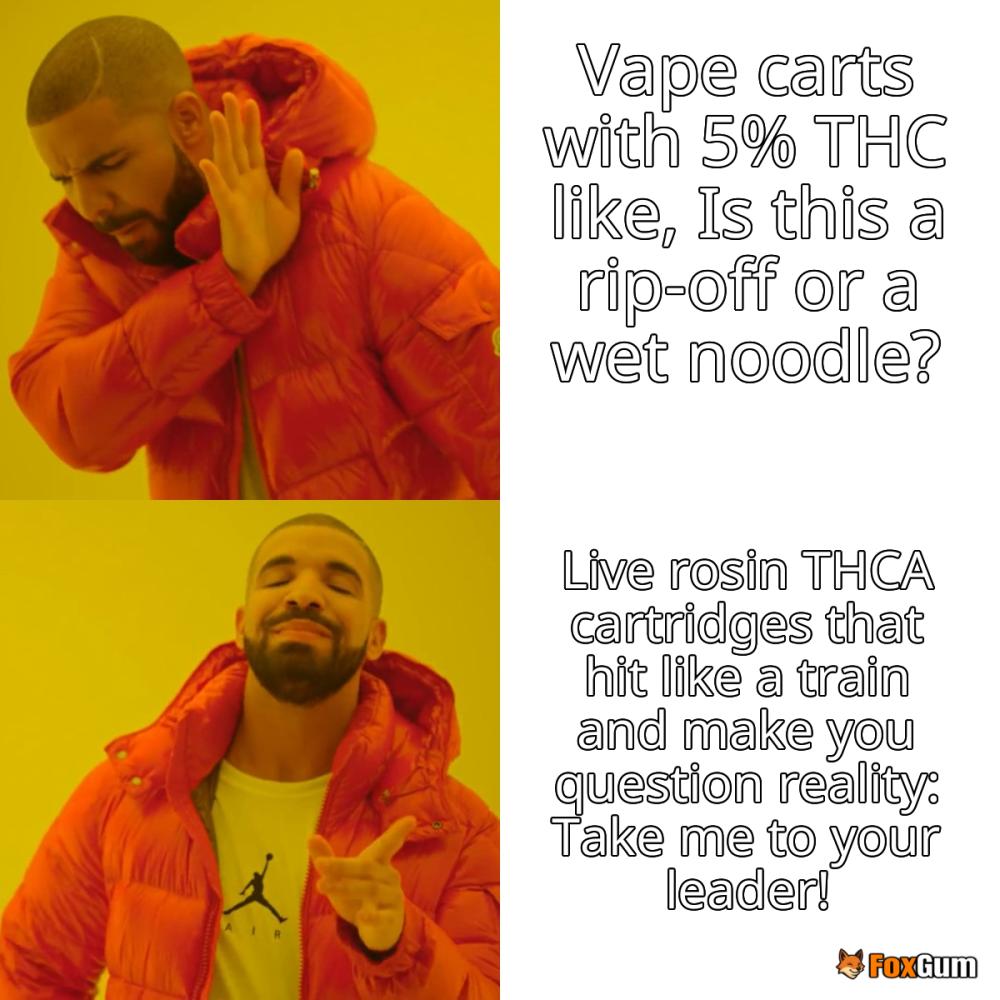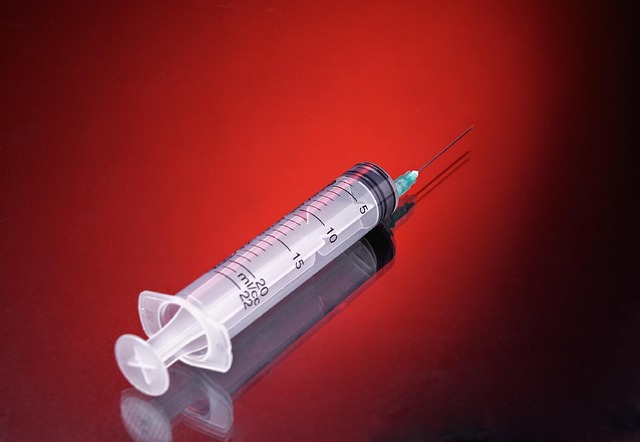
Pathogens Grow Best At Which Temperature
Understanding Pathogen Growth Temperatures
Food safety is a critical aspect of health that often goes overlooked. One of the key factors in preventing foodborne illnesses is understanding the temperature range in which pathogens thrive. Bacteria such as Staphylococcus aureus, Salmonella Enteritidis, Escherichia coli O157:H7, and Campylobacter can proliferate rapidly if food is not stored or cooked at appropriate temperatures.
The Danger Zone
The temperature range known as the "danger zone" for food safety is between 40 °F and 140 °F (4 °C and 60 °C). Within this range, bacteria can double in number in as little as 20 minutes. This rapid growth can lead to foodborne illnesses if food is left out too long or not cooked properly.
Specific Temperature Guidelines
To effectively manage food safety, it is essential to adhere to specific temperature guidelines:
- Hot Food: Keep hot food at or above 140 °F (60 °C). This can be achieved by using chafing dishes, warming trays, or slow cookers.
- Cold Food: Maintain cold food at or below 40 °F (4 °C). Refrigeration is crucial in preventing bacterial growth.
- Cooking Temperatures: Raw meat and poultry should be cooked to safe minimum internal temperatures to ensure pathogens are killed. For example, poultry should reach at least 165 °F (74 °C).
- Leftovers: After cooking, leftovers should be stored in shallow containers and refrigerated promptly to minimize the time they spend in the danger zone.
Temperature Considerations
When food is left out at room temperature, the risk of bacterial growth increases significantly. If the temperature exceeds 90 °F (32 °C), food should not be left out for more than one hour. This is particularly important during outdoor events or in warm climates.
It is also important to note that bacteria can be reintroduced to food after it has been safely cooked. This emphasizes the need for proper handling and storage practices to maintain food safety.
Conclusion
Understanding the temperature ranges that promote pathogen growth is vital for anyone involved in food preparation or handling. By keeping food out of the danger zone and adhering to safe cooking and storage practices, the risk of foodborne illnesses can be significantly reduced.
















 Anesthetic Drugs: The Unsung Heroes of Surgery
Anesthetic Drugs: The Unsung Heroes of Surgery 
 Health
Health  Fitness
Fitness  Lifestyle
Lifestyle  Tech
Tech  Travel
Travel  Food
Food  Education
Education  Parenting
Parenting  Career & Work
Career & Work  Hobbies
Hobbies  Wellness
Wellness  Beauty
Beauty  Cars
Cars  Art
Art  Science
Science  Culture
Culture  Books
Books  Music
Music  Movies
Movies  Gaming
Gaming  Sports
Sports  Nature
Nature  Home & Garden
Home & Garden  Business & Finance
Business & Finance  Relationships
Relationships  Pets
Pets  Shopping
Shopping  Mindset & Inspiration
Mindset & Inspiration  Environment
Environment  Gadgets
Gadgets  Politics
Politics 